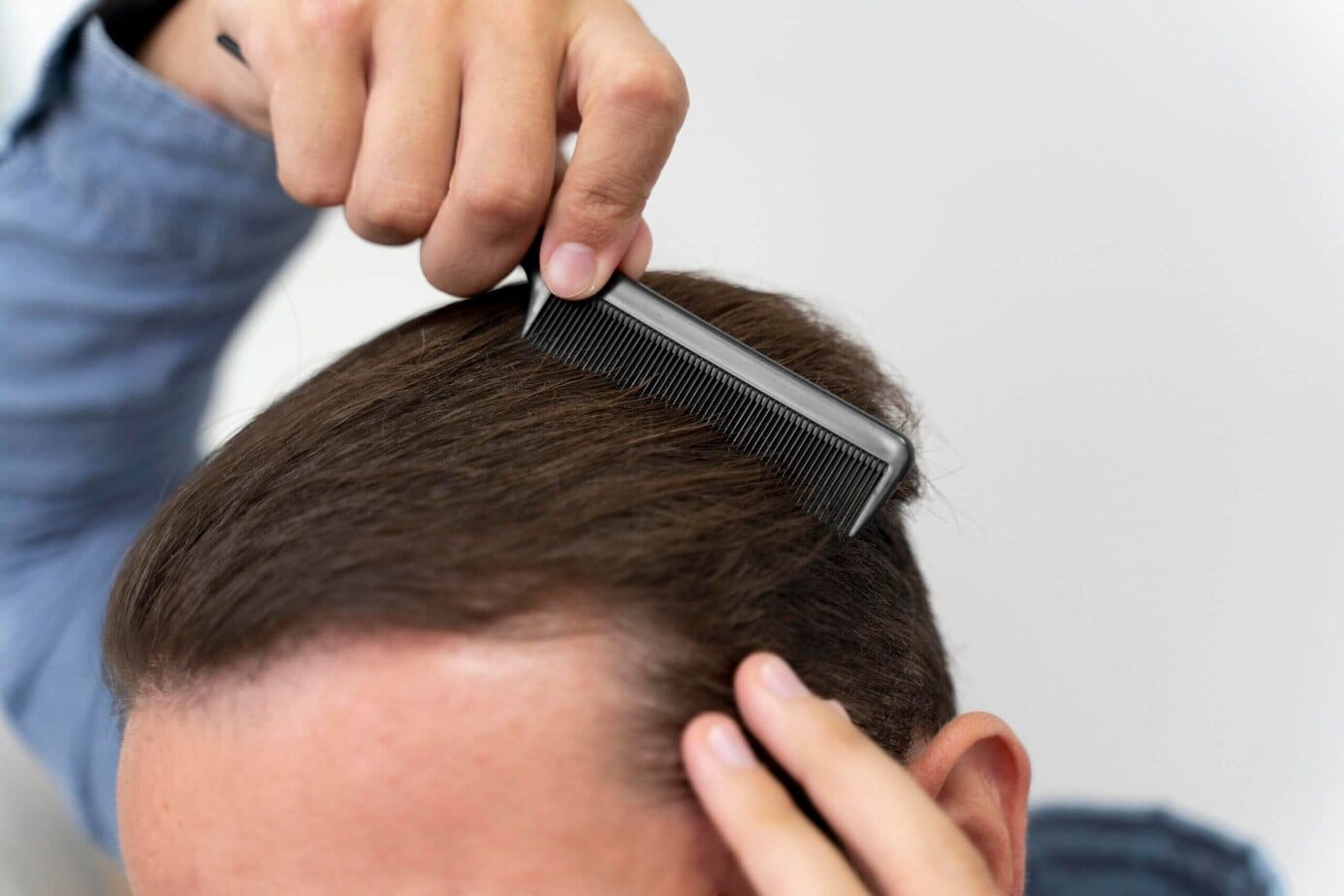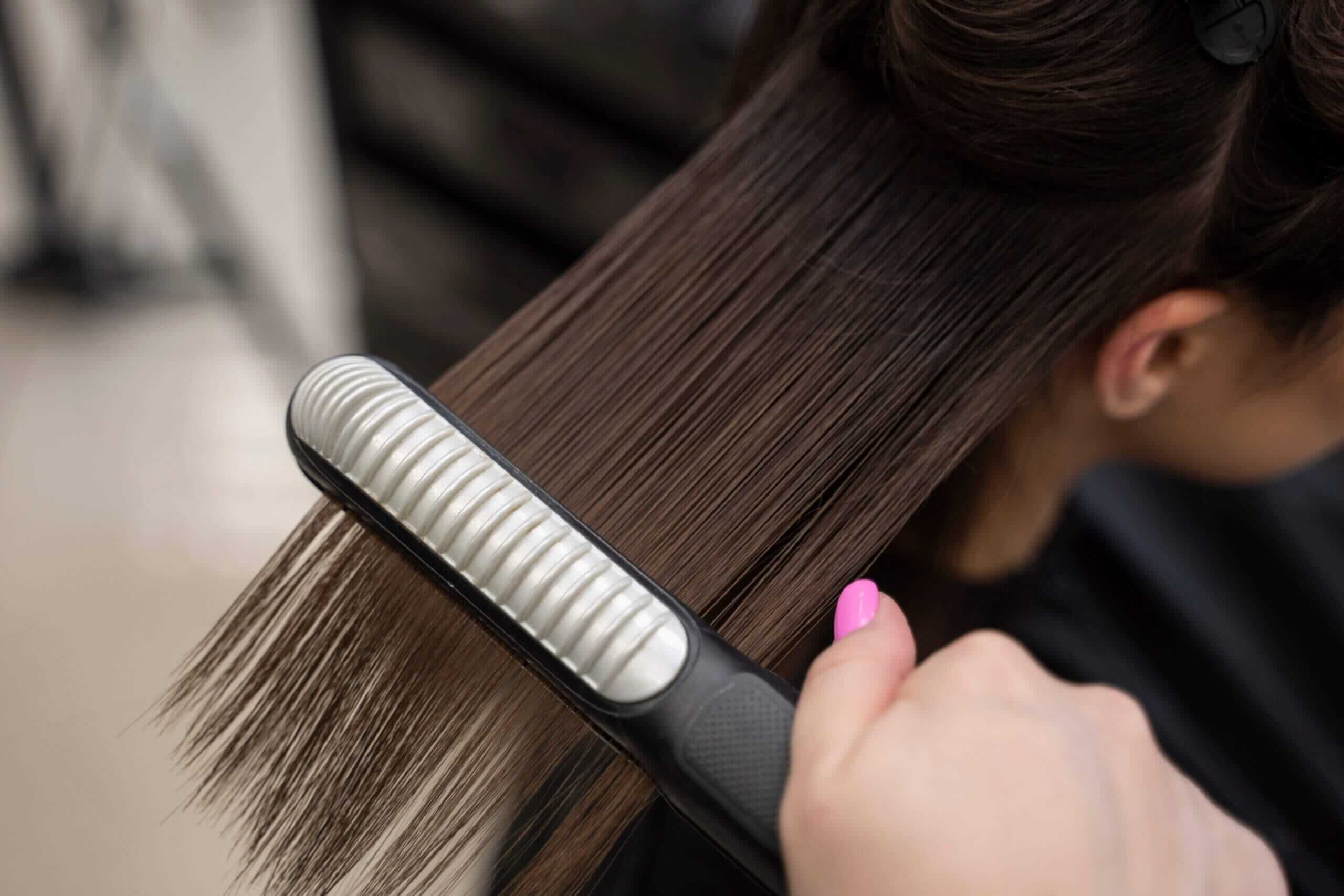Finasteride After Hair Transplant: Timing, Benefits, Risks & FAQs
Considering finasteride after hair transplant? Medical therapy and surgery complement each other: transplantation redistributes permanent donor hairs, while finasteride helps preserve native, non-transplanted hairs that remain sensitive to DHT. This guide explains when to start, how it works, expected benefits, safety considerations, and how we integrate medication into a long-term plan at Clinista.

Finasteride can help protect native hair after transplantation when used under physician guidance.
Why Consider Finasteride After a Transplant?
Finasteride inhibits type-II 5-α-reductase, lowering scalp and serum dihydrotestosterone (DHT). Transplanted grafts are typically DHT-resistant, but your native hair is not. Without medical therapy, miniaturization can progress, creating new thinning around transplanted zones. Post-op finasteride aims to:
- Slow or stabilize ongoing androgenetic hair loss in native hairs
- Improve hair-shaft diameter and density of miniaturized follicles
- Help maintain a natural transition between transplanted and native areas long term
When to Start Finasteride After Hair Transplant
Timing is individualized. Many surgeons initiate or resume therapy once the immediate post-op period is stable and medications are reviewed—often within the first few weeks. Some candidates may start before surgery to reduce shedding risk in native hair. At Clinista, we set timing case-by-case after reviewing medical history, meds, and goals during your follow-up visit.
Typical daily dose is 1 mg. Consistency matters: results are gradual (3–6 months), with full evaluation around 9–12 months. If therapy is stopped, benefits usually diminish over time.
Safety, Side Effects & Precautions
Most patients tolerate finasteride well, but potential adverse effects include decreased libido, erectile dysfunction, mood changes, breast tenderness/gynecomastia, and reduced PSA levels (which can affect prostate cancer screening interpretation). Discuss personal and family history, fertility plans, and mental health before starting.
- Women: Not indicated for use in pregnancy; crushed/broken tablets should not be handled by persons who may be or become pregnant.
- Interactions & monitoring: Review all medications/supplements. Periodic clinical follow-up assesses efficacy, tolerance, and the need to adjust therapy.
- Expectations: Finasteride preserves and thickens native hair; it does not “regrow” bald scalp and does not replace surgery where loss is advanced.
Alternatives and Adjuncts
For those who cannot use finasteride or need additional support, options include topical/oral minoxidil, low-level light therapy (LLLT), microneedling, and PRP. In selected cases, dutasteride (broader 5-α-reductase inhibition) is considered off-label under specialist guidance. The best outcomes usually combine consistent medical therapy with lifestyle optimization and scheduled reviews.
How We Use Finasteride in Your Plan
At Clinista, treatment is individualized: diagnosis with trichologic assessment, stabilization of active loss, and then transplantation if indicated. Learn about our technique here:
FUE Hair Transplant. Ready to tailor a plan with a physician? Book your consultation.
For patient-friendly education on hair loss therapies, see the American Academy of Dermatology overview of medications.
Frequently Asked Questions
-Does finasteride improve transplanted graft survival?
Transplanted hairs are generally DHT-resistant. Finasteride’s role is to protect and thicken native hair surrounding the grafts, helping overall density and blend.
-How long should I stay on finasteride after surgery?
Benefits persist with continued use. Many patients remain on therapy long term if well-tolerated; your clinician will review risks/benefits at follow-ups.
-What if I get side effects?
Report symptoms promptly. Options include dose timing strategies, pausing, or switching approaches (e.g., topical finasteride formulations or non-DHT-based regimens) under medical supervision.
Plan Your Post-Transplant Maintenance
Surgery creates new, permanent coverage—medical therapy preserves the rest. To discuss finasteride after hair transplant, monitoring, and alternatives, schedule a personalized consultation with our team.
Bibliography
1)The Journal of Sexual Medicine, Volume 9, Issue 11, November 2012, Pages 2927–2932, https://doi.org/10.1111/j.1743-6109.2012.02846.x
2) Silvia Diviccaro, Roberto Cosimo Melcangi, Silvia Giatti, Post-finasteride syndrome: An emerging clinical problem, Neurobiology of Stress, https://doi.org/10.1016/j.ynstr.2019.100209
3) Michael S. Irwig, Persistent Sexual Side Effects of Finasteride: Could They be Permanent?, The Journal of Sexual Medicine, Volume 9, Issue 11, November 2012, Pages 2927–2932, https://doi.org/10.1111/j.1743-6109.2012.02846.x





